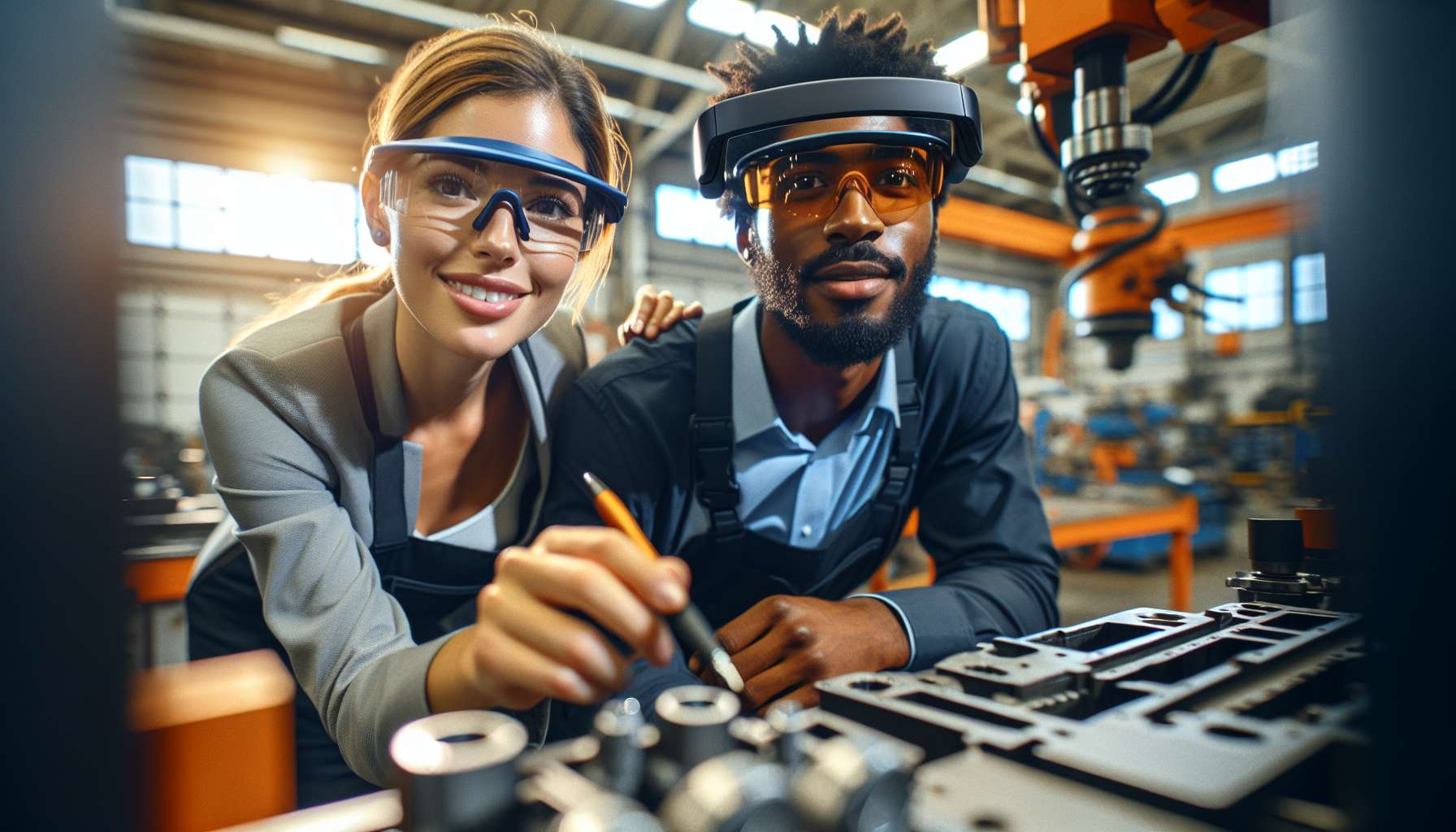Revolutionizing the Automotive Supply Chain with Augmented Reality
When it comes to the automotive industry, efficiency is key. From manufacturing to distribution, every step in the supply chain plays a crucial role in ensuring that vehicles are produced and delivered on time. In recent years, augmented reality (AR) has emerged as a game-changing technology that has the potential to transform the way the automotive supply chain operates. In this article, we will explore how AR is enhancing supply chain management in the automotive industry, revolutionizing processes, and driving efficiency like never before.
Streamlining Warehouse Operations
One of the primary areas where AR is making a significant impact is in warehouse operations. Traditional inventory management systems often rely on manual processes, which can be time-consuming and prone to errors. With AR, warehouse workers can use smart glasses or mobile devices to access real-time information about inventory levels, locations, and order details. This technology enables them to quickly locate and pick the right parts, reducing the time spent searching for items and minimizing errors. By streamlining warehouse operations, AR helps to optimize inventory management, improve order fulfillment, and ultimately enhance customer satisfaction.
Improving Assembly and Quality Control
AR is also revolutionizing the assembly process in automotive manufacturing. By overlaying digital instructions and visual cues onto physical objects, AR guides assembly line workers through complex tasks, ensuring accuracy and efficiency. This technology can provide step-by-step instructions, highlight potential errors, and even offer real-time feedback on the quality of work. As a result, assembly line workers can perform their tasks with greater precision, reducing the risk of errors and rework. By improving assembly and quality control processes, AR helps to minimize production delays, increase productivity, and maintain high product standards.
Enhancing Logistics and Delivery
Efficient logistics and delivery are crucial for the automotive supply chain. AR is playing a significant role in optimizing these processes by providing real-time visibility and guidance. Delivery drivers equipped with AR devices can access route information, traffic updates, and delivery instructions, ensuring they reach their destinations on time. Additionally, AR can assist in loading and unloading vehicles by providing visual overlays that indicate the optimal placement of items. By enhancing logistics and delivery, AR helps to reduce transportation costs, improve delivery accuracy, and enhance overall supply chain performance.
Enabling Remote Collaboration
Another area where AR is making a difference in the automotive supply chain is remote collaboration. With the ability to overlay digital information onto the physical world, AR enables experts to remotely assist technicians and workers in real-time. For example, a technician working on a complex repair can wear AR glasses that allow an expert to see what they see and provide guidance through annotations and instructions. This technology eliminates the need for experts to travel to different locations, saving time and costs while ensuring efficient problem-solving. By enabling remote collaboration, AR enhances knowledge sharing, accelerates decision-making, and improves overall productivity.
The Future of AR in Automotive Supply Chain Management
The potential of AR in the automotive supply chain is vast and continues to expand. As the technology evolves, we can expect to see even more innovative use cases and applications. For example, AR could be used to train new employees, simulate complex scenarios, or even provide real-time data analytics for better decision-making. With the increasing adoption of Internet of Things (IoT) devices and artificial intelligence (AI), AR will become an integral part of the smart automotive supply chain of the future.
In conclusion, augmented reality is revolutionizing the automotive supply chain by enhancing warehouse operations, improving assembly and quality control, optimizing logistics and delivery, and enabling remote collaboration. By leveraging AR technology, automotive companies can drive efficiency, reduce costs, and improve overall supply chain performance. As the industry continues to embrace AR, we can expect to see a future where the automotive supply chain operates seamlessly, delivering vehicles to customers faster and more efficiently than ever before.





